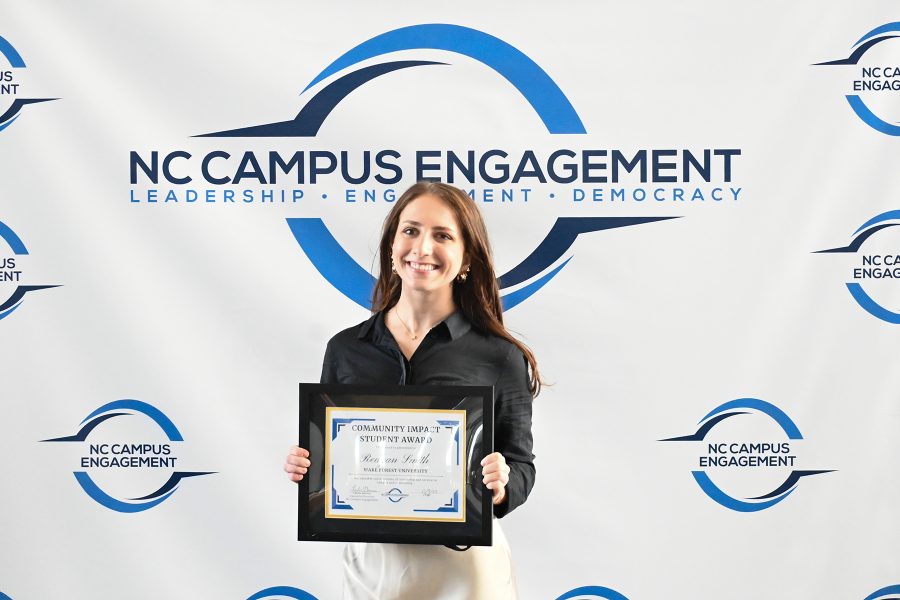Research principles support new learning concept
“How People Learn,” a watershed National Research Council study, sets out six principles of learning that can guide successes in the classroom. A new research project at Wake Forest University uses these principles to create a digital tool that allows students to choose how they learn.
Principle 1: Deep learning physically changes the brain. Learners must actively engage with new information via multiple senses. Passive reading – such as textbooks – focuses on a single sense, so it is unlikely to initiate deep learning.
Principle 2: New information is difficult to learn unless it builds on and connects to prior knowledge. A majority of students are concrete learners who prefer an example or scenario, followed by an explanation – the why. Most textbooks establish theories and principles before providing examples.
Principle 3: Each learner constructs their conceptual understanding by a different path. With print texts, students must follow the logical progression set by the text’s authors.
Principle 4: Frequent informal feedback promotes deeper and more accurate learning.
Principle 5: Conscious awareness of one’s own learning process improves the outcome.
Principle 6: Learning is reinforced when students work and learn collaboratively. For most students reading is solitary; they do not compare what they have learned from reading assignments with their peers.



